Janet Banks reviews cello professor Brian Hodges’ volume on cello repertoire from the 17th century to the present day

A Survey of Solo Works for the Violoncello: A guide to 200 selected pieces from the literature from 1689–2023
Brian Hodges
241PP ISBN 9781629920481
Fairhaven Press $26.95
‘As cellists we are very blessed with the amount of music we have,’ writes Brian Hodges, professor of cello at Boise State University, in his preface to this book, which stemmed from a class he was teaching on cello repertoire. He saw the need for a publication that scanned the whole breadth of music written for cello from 1689 to the present.
Hodges has chosen 200 works and listed them alphabetically for easy reference. Each entry starts with the salient facts – date of composition, date of premiere where known and who premiered it, and approximate length – all extremely useful to have at your fingertips. A section called Background Information then follows, written with enthusiasm and personal knowledge by the author although occasionally, as in Paul Griffiths’s notes on Thomas Ades’s Lieux retrouvés, he quotes from original programme notes.
Somehow you can tell that many of these notes are written from personal experience, which counts for a lot. ‘It’s a tremendous work,’ he enthuses about the Barber Cello Concerto, whereas Shostakovich’s Concerto is ‘an exhausting work’. At the end of each entry there is a note on where you can obtain the music (from well-known publishers to living composers’ websites), recordings of the piece and a bibliography.
At the end of the book, two appendices list the pieces both chronologically and by the three categories Hodges chose to limit himself to: unaccompanied, cello and piano, and concerto. The chronological list reveals that a quarter of the works chosen were written in the past 20 years, many of them pieces the author has premiered himself. This feels a rather disproportionate bias, especially given that works like Cirri’s cello sonatas and Mendelssohn’s Lieder ohne Worte are not included.
Read: Conquering performance nerves: I’m great in practice but don’t perform so well on the day
Read: Opinion: Jedi Wisdom for string playing
Read: Release the Fear Monster: how to conquer performance anxiety and perform at your best
I felt that there could be another category of duets with instruments other than piano, and fewer very recent works that have not yet passed the test of time. If a composer has written several works for cello, Hodges sometimes includes only one or two, mentioning the others within the text. For example, Mendelssohn’s Sonata no.2 gets an entry but his Sonata no.1 does not; Britten’s Cello Symphony is at least acknowledged but really deserves an entry of its own. In general there are no transcriptions, but there are notable exceptions such as Arvo Pärt’s Fratres and Spiegel im Spiegel.
JANET BANKS



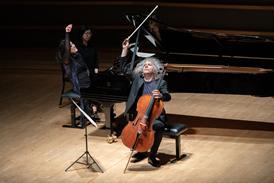

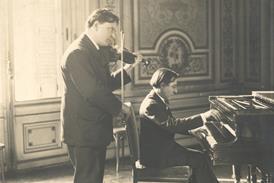
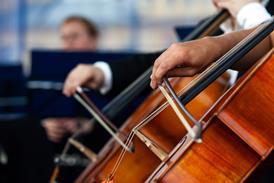

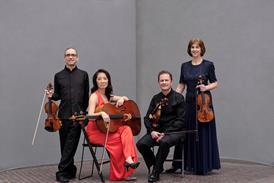





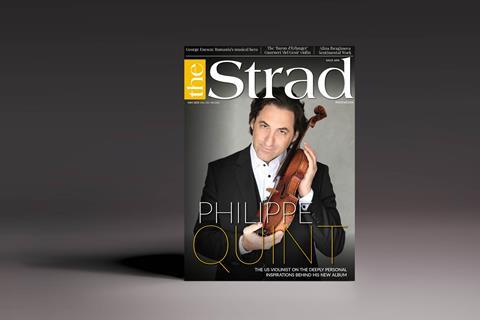




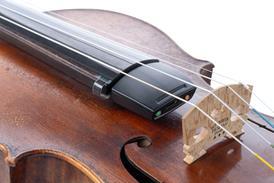
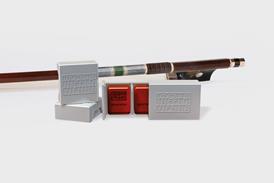
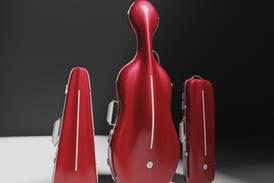












No comments yet